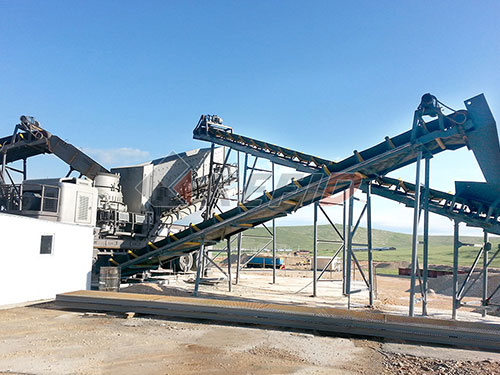The Engine of Progress: Inside Lalitpur’s Stone Crushing Industry
Nestled within the dynamic landscape of Nepal’s Bagmati province, Lalitpur district buzzes not just with cultural heritage but also with the tangible pulse of development. At the heart of this progress lies a crucial yet often overlooked sector: stone crushing. Facilities like the Lalitpur Stone Crushing Mill are fundamental cogs in the machinery building modern Nepal.
More Than Just Rocks: The Core Function
A stone crushing mill is precisely what its name implies – an industrial site where large rocks and boulders, typically sourced from nearby quarries or riverbeds (subject to strict regulations), are mechanically broken down into aggregates of specific sizes. This process involves powerful jaw crushers, cone crushers, impactors, and vibrating screens working in concert. The output ranges from coarse gravel for foundational layers to fine sand used in concrete mixing and plastering.
The Lifeblood of Construction:

The significance of mills like Lalitpur Stone Crushing Mill cannot be overstated:
1. Foundation for Infrastructure: Every road paved, every building erected, every bridge constructed relies heavily on crushed stone aggregates for concrete, asphalt bases, and drainage systems. The mill directly feeds the booming construction sector in Kathmandu Valley and beyond.
2. Economic Catalyst: These operations generate significant local employment – from machine operators and maintenance crews to drivers transporting raw materials and finished products. They stimulate ancillary businesses (equipment suppliers, logistics) and contribute to local revenue.
3. Material Accessibility: By processing local stone sources efficiently, these mills provide essential construction materials at a more affordable cost compared to importing aggregates over long distances.
Navigating Challenges: Environment and Community

Operating a stone crushing mill inherently presents significant challenges that responsible operators must actively manage:
Dust Generation: Crushing rock creates substantial dust pollution. Modern mills mitigate this through water spraying systems (misting cannons), dust suppression chemicals during processing and loading/unloading, covered conveyor belts where feasible, and strategically placed windbreaks or green belts.
Noise Pollution: The constant rumbling of crushers and screeching of loaders can impact nearby communities. Implementing noise barriers (earth berms or walls), using newer equipment designed for lower decibel levels where possible, optimizing operational hours away from sensitive times (early mornings/late nights), and maintaining equipment meticulously are critical strategies.
Water Management: While water is essential for dust control, runoff needs careful management to prevent contamination

Leave a Reply